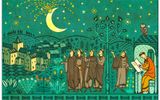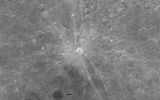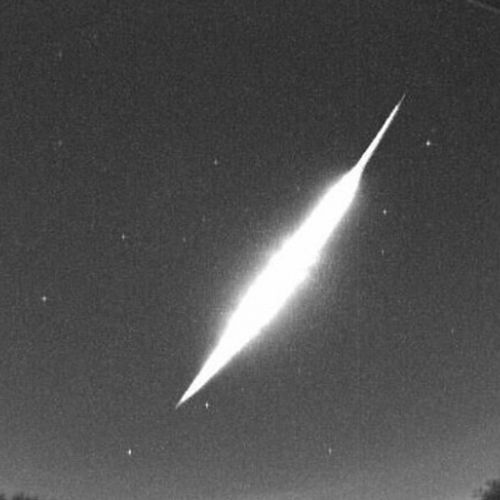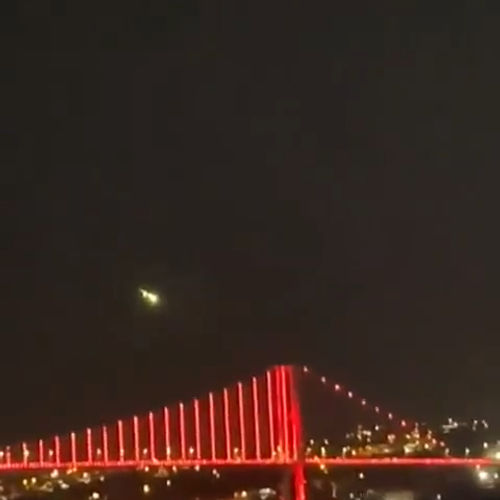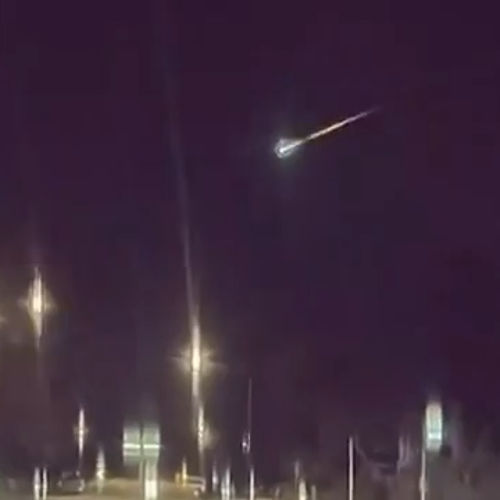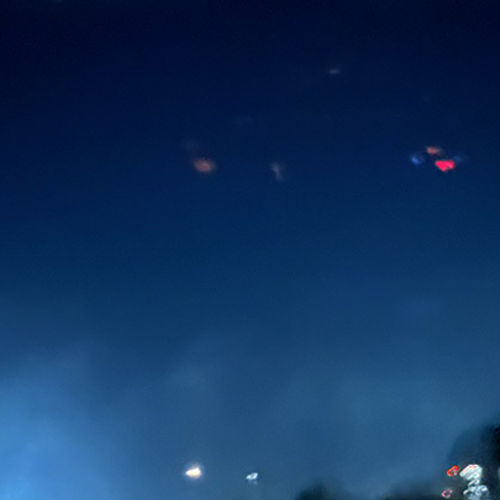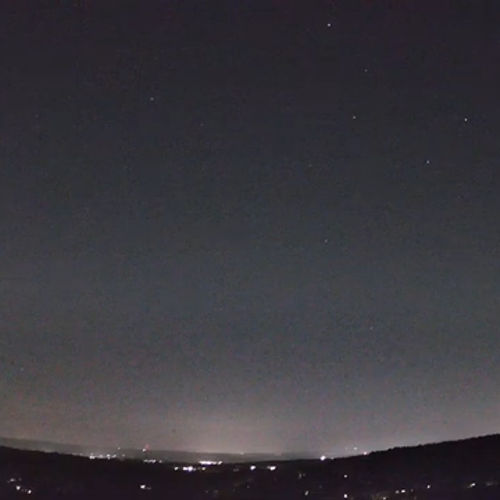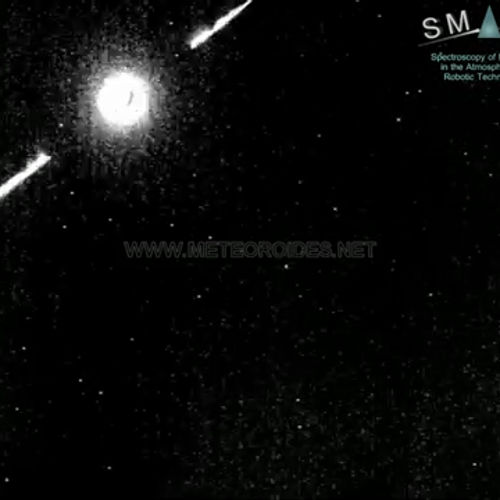
| Added | Mon, 19/07/2021 |
| Источники | |
| Дата публикации | Thu, 18/06/2015
|
| Версии |
One warm June evening in 1178, the English monks witnessed an amazing phenomenon: the moon in the sky split in two. The spectacle was observed by five monks from Canterbury, and one of them, named Gervasius, described this schism in the chronicle.
According to Gervase of Canterbury, right at the top of the month, and the moon was incomplete, a flame broke out, and red-hot sparks flew in different directions from it. The lower part of the moon seemed to writhe in alarm and throbbed like a wounded snake. After a moment, the sky darkened, and the moon returned to its usual appearance, but only to sparkle again.
This went on over and over again, the flame took different shapes and bent, fading again. After a while, the fire went out, and the moon seemed to turn black from horn to horn. So what kind of phenomenon was observed by the British?
The records of Gervasius remained unnoticed for centuries, until geophysicist Jack Hartung from New York University began to study the chronicle in the 1970s. He was attracted by an unusual celestial phenomenon, and after it, many astronomers became interested in the event from the chronicle. Actually, the debate about the evening explosion of the moon on June 18 is still ongoing.
Hartung suggested that the monks saw an asteroid fall on the moon. At the same time, he guessed that it was on that day that a meteorite fell, after which the crater Giordano Bruno remained on the Moon. Moreover, the story of the monks coincides with the location of the crater.
In general, the theory is very convincing, and the Giordano Bruno crater could really have appeared eight centuries ago. Its" youth " is indicated by the fact that the entire structure of the crater is very clean and clear, and there are no traces of small meteors falling on it, as happens on older craters. Therefore, it is quite possible that the crater was formed when people already lived on Earth. But still, some astronomers believe that the crater is at least a million years old (although by cosmic standards, in this case, it is also considered young).
The crater Giordano Bruno is huge-22 kilometers in diameter. This means that the consequences of the impact could be enormous and would be felt on the Ground for about another week. The fact is that after such an impact, a huge amount of debris would certainly have risen from the surface of the Moon, from which a meteor storm would certainly have occurred on Earth, which would have lasted for several days.
So, if a meteorite really fell on the moon that day, many earthlings would have witnessed an impressive fireworks display in the sky, which would certainly have been preserved in some chronicles, and not only among the Canterbury monks. Well, if the explosion of the Moon, which lasts for several seconds, people did not notice, then they would definitely not miss a prolonged meteor storm. However, there are no records of it in any other culture, and after all, not only the Canterbury monks watched the sky, but also the Chinese, Japanese, Arabs and other Europeans. So it is unlikely that the British monks saw how the Giordano Bruno crater was formed.
So what did the British see on June 18? Some scientists suggest that the monks watched the explosion of a meteor in the Earth's atmosphere, and this meteor obscured a part of the moon, and the monks just happened to be in the right place at the right time, when the meteor exactly closed the month in the sky. That is why only five people watched the "explosion of the moon": it actually did not exist.
However, there is another version. In fact, nothing was happening in the sky at all, because the moon was not yet visible that day in Canterbury. Therefore, this story was just an invention of the monks.
The fact is that the event was recorded during the Crusades, and the crescent moon, as you know, is a symbol of Islam. So the records of Gervase of Canterbury could be nothing more than just a prediction of the defeat of the Gentiles. In addition, the monks unusually often associated astronomical phenomena with Christian victories in the crusades, and in general, in all cultures, long before Christianity, this connection was always strong.
Новости со схожими версиями
Log in or register to post comments
